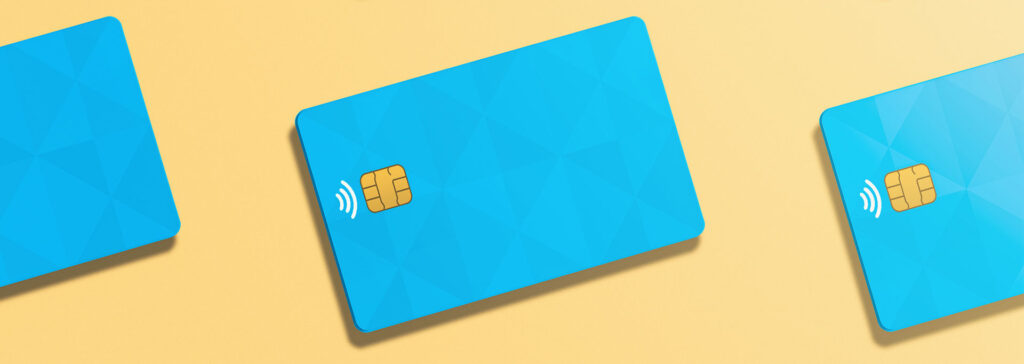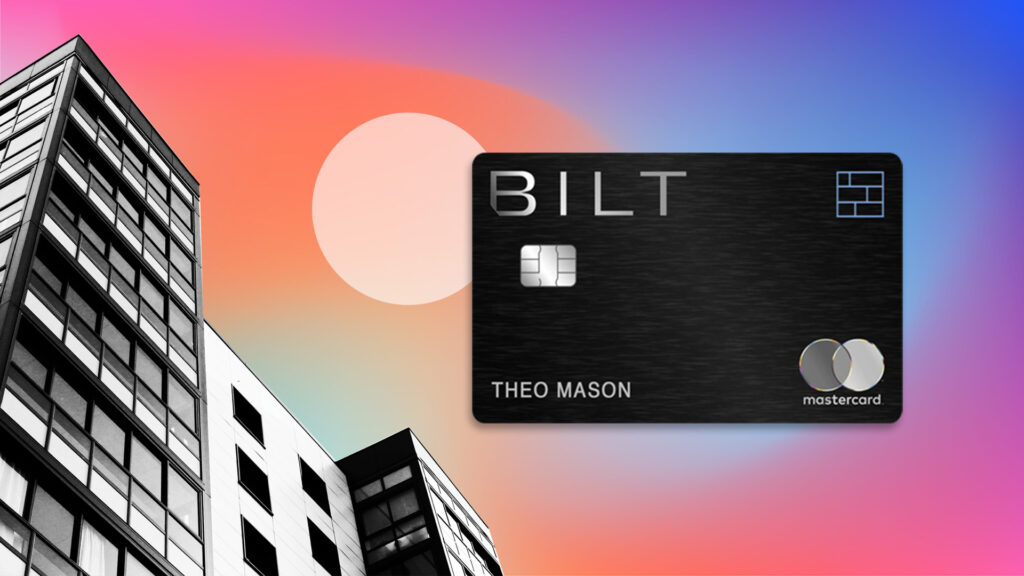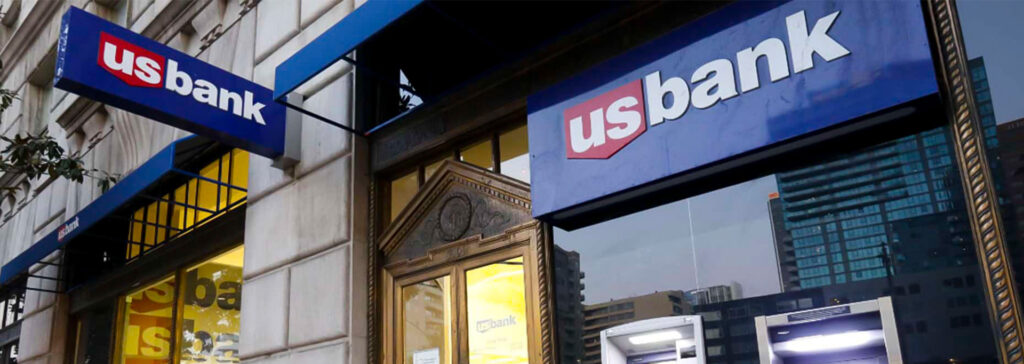Most products on this page are from partners who may compensate us. This may influence which products we write about and where and how they appear on the page. However, opinions expressed here are the author's alone, not those of any bank, credit card issuer, airline or hotel chain. This page may include information about American Express products currently unavailable on Slickdeals. American Express is not a partner of Slickdeals.
Even if you aren’t paying over $4 a gallon for gas, like Southern Californians currently are, you are probably paying more than you would like. It’s just not an expense you can give up or DIY, like brown-bagging your lunch.
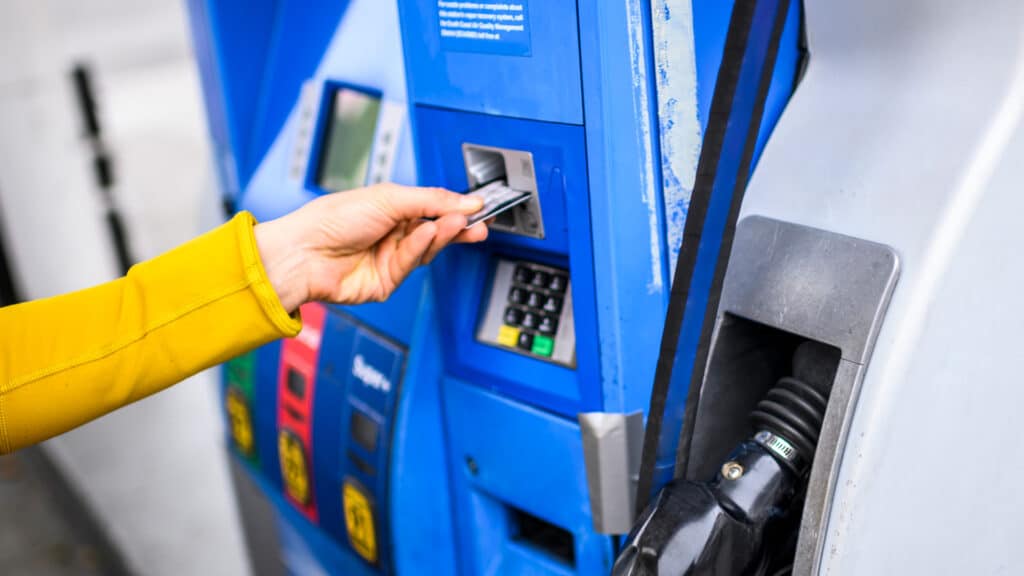
Best Credit Cards for Buying Gas
You can’t change the pump’s prices, but you can make your gas spending go a little further with the right credit card. We are breaking down the difference between a gas card and gas rewards credit card, so you can decide which is better for your wallet.
What Is a Gas Credit Card?
A gas-branded credit card is one issued by the oil companies, usually in partnership with a bank. Many gas-branded cards can only be used at that fuel station, but research each fuel companies’ offerings for exact rules. For example, Shell offers a Fuel Rewards Credit Card and a Fuel Rewards Mastercard. The latter can be used on non-Shell purchases and earns rebates on dining and select expenditures.
Gas credit cards usually do not have any fees and allow you to save a set amount of cents off of each gallon of gas purchased. Some cards come with rewards on non-fuel purchases made at the fuel station too.
How Do Gas Credit Cards Work?
Gas credit cards work similarly to a store credit card. For example, if you have a Kohl’s or JCPenney credit card, you know that your card is only useful at those stores. Like all other credit cards, you will be required to pay a monthly minimum and any amount that is carried over to the next month will earn interest. Gas credit cards generally have a higher interest rate than average rewards cards.
Here are some of the most popular gas credit cards available:
- Shell Fuel Rewards Credit Card
- Techron Advantage Credit Card
- ExxonMobil Smart Card
- Sunoco Rewards Credit Card
Since oil-company cards are limited, individuals with fair credit have an easier time being approved. Gas cards are a good option for those who have fair credit or those who are looking to rebuild their credit. Since you can only use the card for gas, it will be harder to rack up the bill, making it easier to keep track of.
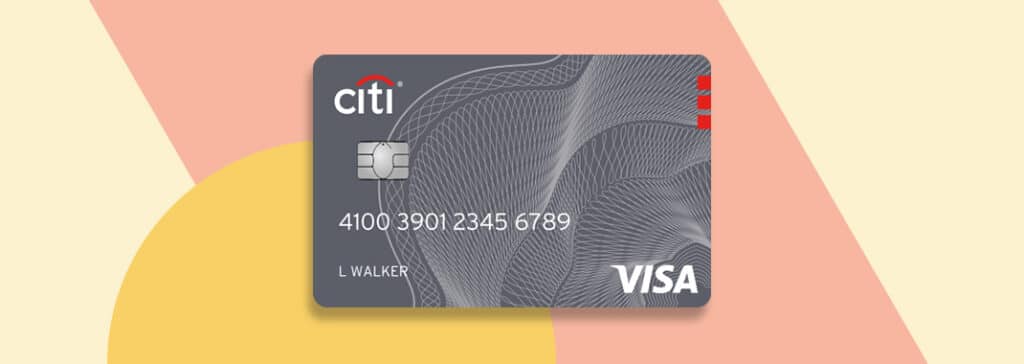
Costco Anywhere Visa Card Review: A Must-Have for Loyal Costco Shoppers
Rewards Credit Cards Versus Oil-Company Gas Cards
So, you know you want to be rewarded at the pump, but you still aren’t sure if you should go for a rewards card with gas perks or an oil-company card? We’ll help you do the math.
Many rewards cards will allow you to earn points or cash back on the amount you spend on fuel. You will earn the same percentage back on any gas station you use, so you don’t have to be a company loyalist. Even better, a rewards credit card comes with other perks, as well as more opportunities to earn points or cash back on other spending. You can choose a card based on your spending habits to reap the most rewards.
Co-branded oil-company cards typically offer cents off per gallon or cents per gallon rebates. Gas credit cards that are more than just loyalty rewards credit cards tied specifically to the gas station will allow cardholders to earn cents per gallon per dollar spent elsewhere. For example, the Techron Advantage Visa card allows cardholders to earn 20 cents per gallon at Chevron and Texaco for the 90 days after opening an account.
There are pros and cons to both cards and the right card depends on your unique spending situation and credit score.
Gas Card Pros:
- Better chance of approval: Individuals who are working to rebuild their credit or who have been rejected from popular rewards credit cards are more likely to be approved for a gas card.
- Card limit: If you are afraid of overspending, gas cards come with smaller credit limits, so there is a less likely chance you will get yourself into unbearable debt.
- Comes with limited protection: Most gas cards come with some level of fraud protection which makes it a better choice than using a debit card at the pump.
- Cents off each gallon: Gas cards give you the opportunity to save money on what you are already spending. You might only earn an additional $50 to $100 per year, but that is more than if you were to pay with your debit card.
Gas Card Cons:
- High APRs (interest rates): You don’t want to hold a balance on these cards because the interest rates are high and will cost you more than any cents per gallon saved or earned.
- Limited rewards
- Reward caps
Reward Credit Card Pros:
- Earn more back on a variety of spending
- Redeem rewards on what you want, not just gas
- Better APRs (interest rates)
Reward Card Cons:
- Stricter credit approval
- Many cards come with an annual fee
How To Choose a Credit Card for Gas Rewards
When choosing the right card for your gas rewards, don’t just look at how much you earn for spending. You want to compare these important factors too:
- Rewards cap: Is there a limit to how much you can earn on your annual gas spending? Some cards might offer 5% cash back on gas for one quarter’s spending (usually three months) and then drop it down to 1%.
- Annual fee: Annual fees are not an automatic deal-breaker, but you need to weigh the card’s perks against the fee.
- Redemption value: How can you spend your gas rewards? Cards with redemption flexibility will allow you to use your rewards to benefit your budget rather than being wasted on programs that use points for magazine subscriptions.
- Membership requirements: Some credit cards have warehouse membership fees and rules attached to it. For example, the Costco Anywhere Visa® Card by Citi, from our partner Citi, requires a $60 annual Costco membership, but you can earn 4% on gas purchases at other fuel stations.
How Much Money Can a Gas Credit Card Save You?
On average, Americans spend $2,109 per year on gas. Your number might be higher if you are a regular commuter or drive a large vehicle. With an average gas price of $2.50 per gallon, that comes out to almost 844 gallons per year. Using those stats, here’s how much you would save with a gas credit card versus a rewards credit card:
- A gas card that saves 5 cents per gallon: $42.20
- A rewards card that earns 2% back: $42.18
- A rewards card that earns 3% back: $63.27
- A rewards card that earns 5% back: $105.45
Choosing a rewards card that earns 2% or more cash back on gas will save you more on your gas purchases. While gas spending is pricey, there is probably another spending category (such as groceries or dining out) that you spend more on. Look for a card that will reward you both for gas purchases and your other frequent purchases.



